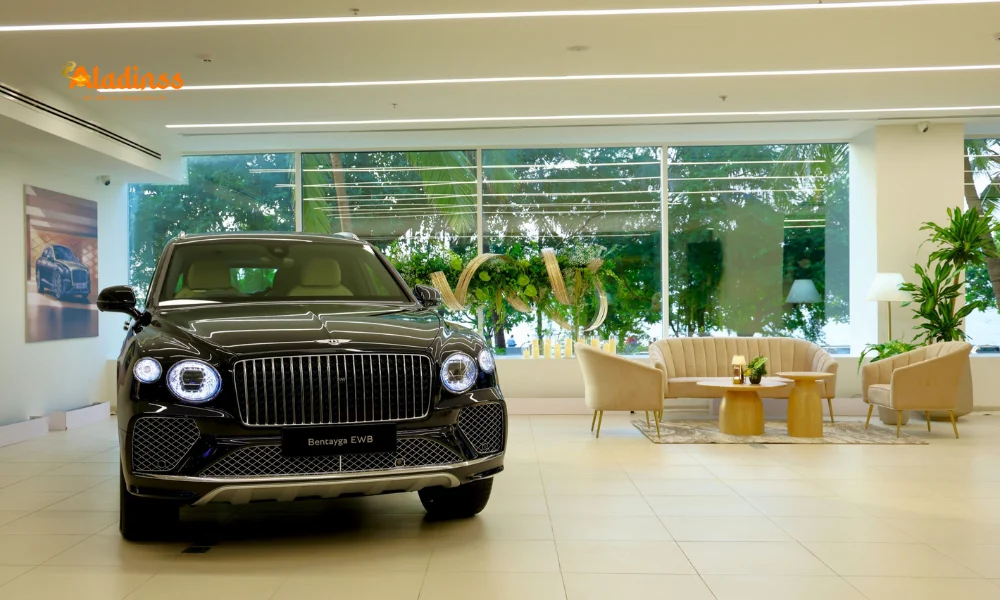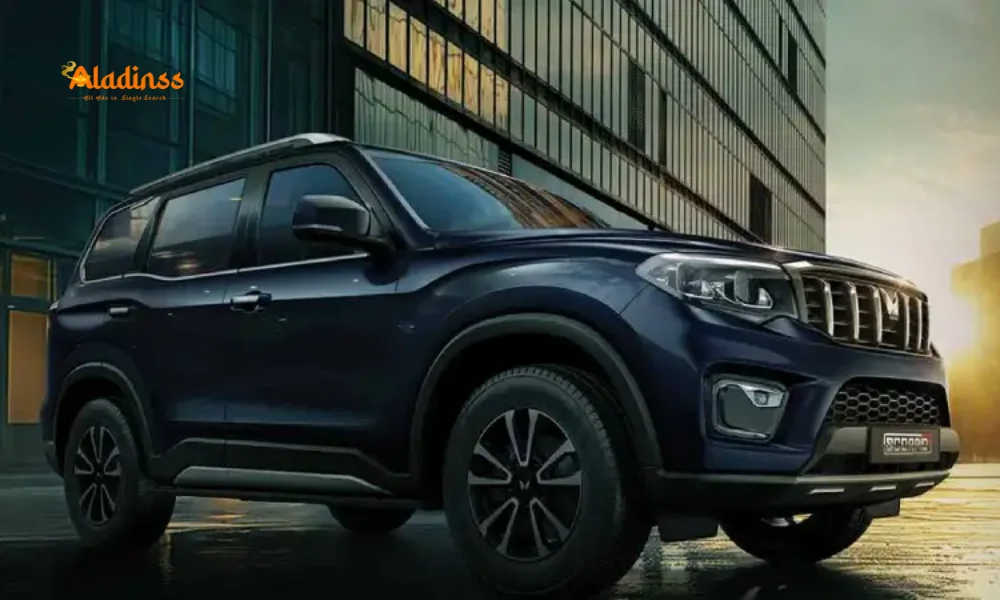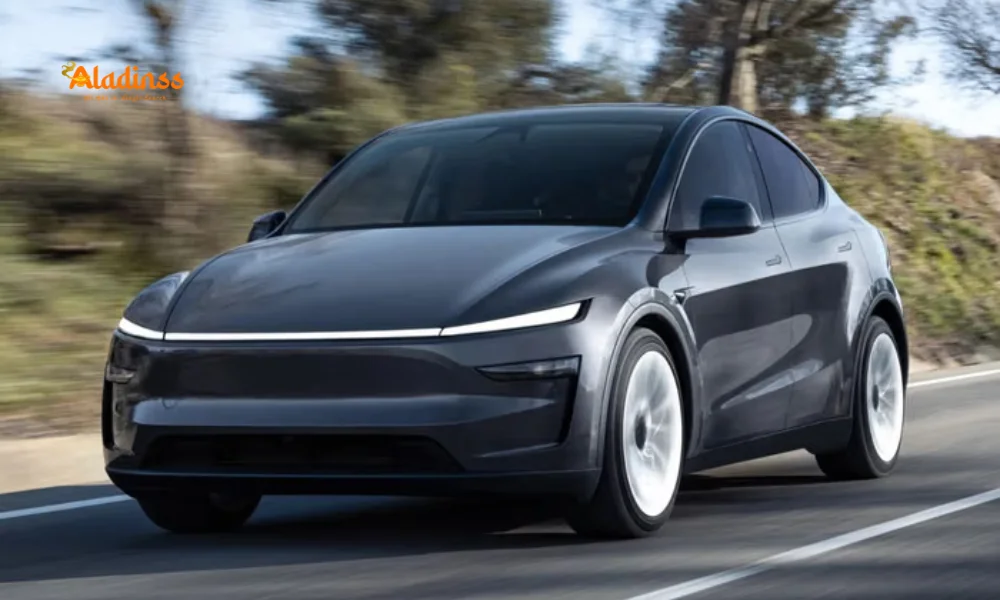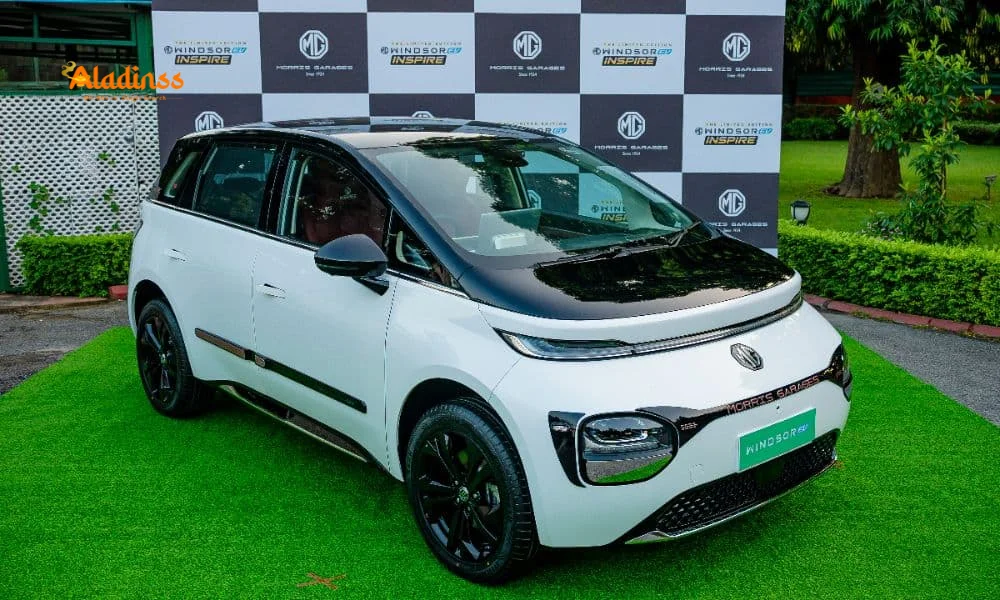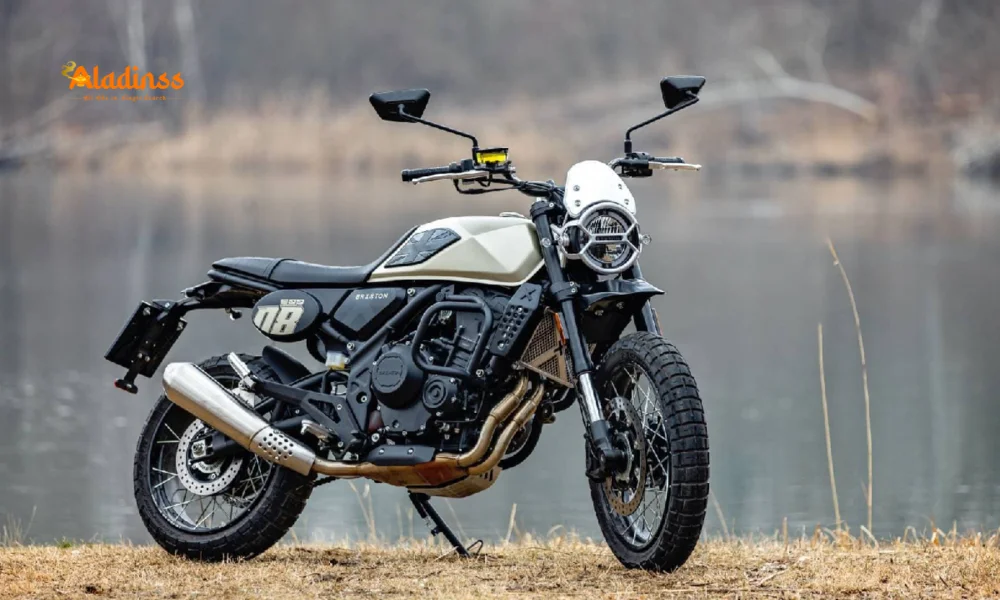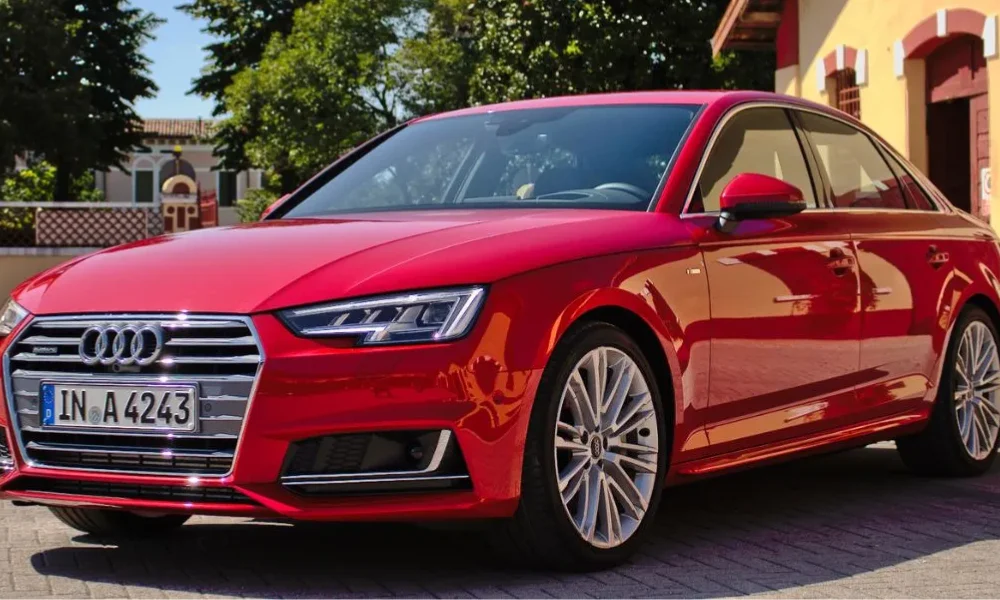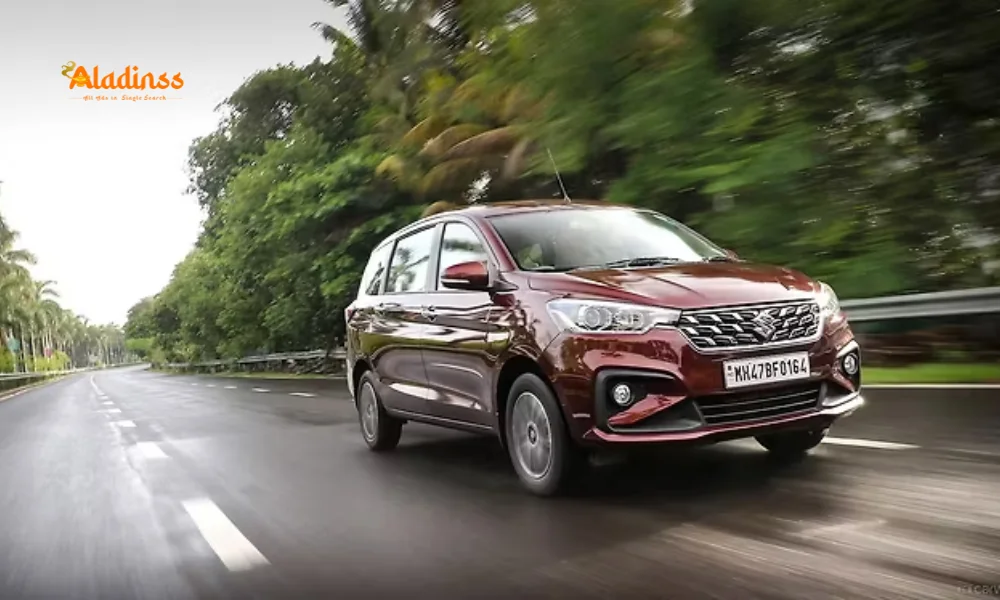Tata Harrier Petrol Test Mule Spotted
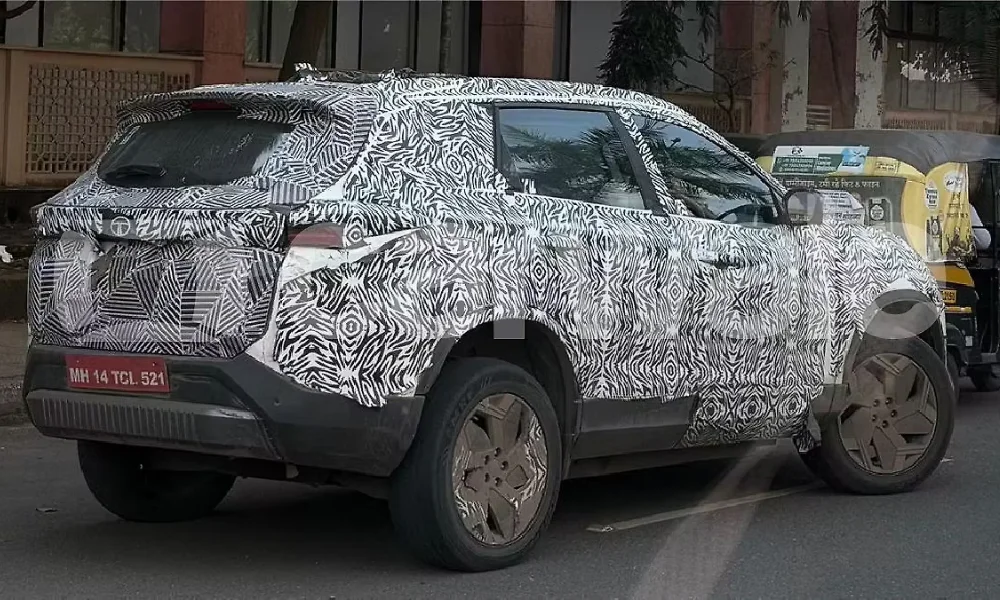
Tata Harrier Test Mule Spotted in Mumbai: Hints at Upcoming Petrol Version
A heavily disguised Tata Harrier test mule has been captured on camera navigating the bustling streets of Mumbai, sparking widespread speculation about the introduction of a petrol version for this beloved midsize SUV. Currently powered exclusively by a robust diesel engine in its internal combustion guise and the recently unveiled Harrier EV, the spotted prototype suggests Tata Motors is gearing up for significant powertrain diversification. With the automotive landscape shifting toward emission-compliant alternatives, a Tata Harrier petrol variant could bridge the gap for urban drivers seeking responsive performance without diesel's environmental footprint, potentially launching by late 2025.
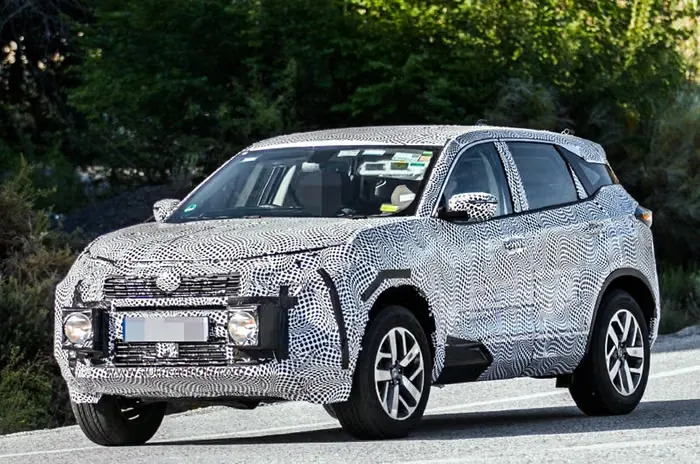
The camouflaged vehicle, observed during routine testing on October 9, 2025, mirrors the current Harrier's bold silhouette, complete with its signature split-LED headlamps and muscular stance derived from the OmegaArc platform. However, subtle cues like the alloy wheels and underlying battery indicators point toward ongoing refinements, possibly for the electric model or preparations for the much-anticipated petrol iteration. As Tata accelerates its electrification and multi-fuel strategy, this sighting underscores the brand's commitment to expanding the Harrier lineup, catering to diverse buyer preferences in India's competitive SUV segment.
Decoding the Camouflage: EV Prototype or Petrol Powertrain Tease?
Underneath the extensive vinyl wrap, the test mule retains the Harrier's iconic design elements, including the connected LED tail lamps and 19-inch alloys, but the visible contours hint at aerodynamic tweaks for efficiency. The presence of what appears to be a battery pack silhouette has led enthusiasts to initially peg it as an Harrier EV refinement. Launched in June 2025, the electric variant has already garnered over 10,000 bookings in its debut day, thanks to its impressive 627 km claimed range on the 75 kWh pack and AWD options starting at Rs. 21.49 lakh ex-showroom.
Yet, with the Harrier EV still in its infancy, a full prototype cycle this soon seems improbable. Instead, insiders whisper that this could be an early glimpse of the Tata Harrier petrol version, long rumored since the 1.5-litre T-GDI turbo-petrol engine's debut at Auto Expo 2023. Expected to deliver 170 hp and 280 Nm, paired with a 6-speed manual or DCT automatic, the petrol Harrier aims to undercut diesel pricing while appealing to city commuters wary of BS6 Phase 2 norms. Tata's MD Shailesh Chandra confirmed in September 2024 that petrol variants for Harrier and Safari would arrive mid-2025, now pushed to November-December per recent reports.
Also Read: Mahindra Thar MY2025 Old vs New
Harrier EV Breakdown: Power, Range, and Pricing in 2025
Since its June 2025 debut, the Tata Harrier EV has redefined electric mobility in the midsize SUV arena, boasting dual-motor AWD configurations and cutting-edge acti.ev+ architecture. Priced from Rs. 21.49 lakh to Rs. 30.23 lakh ex-showroom, it undercuts rivals like the Mahindra XEV 9e while offering premium features such as a 540-degree camera, V2L/V2V charging, and UPI-integrated DrivePay for seamless toll and charging payments. The base RWD model with a 65 kWh battery claims 538 km, escalating to 627 km on the 75 kWh AWD setup-real-world figures hovering at 480-505 km based on early tests.
- Dual 245 hp motors in AWD variants deliver 504 Nm torque, enabling 0-100 kmph in under 7 seconds.
- Six terrain modes, including Rock Crawl and Sand, enhance off-road prowess with 205 mm ground clearance.
- Interior upgrades feature ventilated seats, a 14.5-inch touchscreen, and Qualcomm Snapdragon ECU for fluid infotainment.
- Safety arsenal includes 7 airbags, Level 2 ADAS, and a 5-star BNCAP rating, matching its ICE sibling.
Tata's post-launch testing, as evidenced by this Mumbai mule, likely focuses on software optimizations for regenerative braking and over-the-air updates, ensuring reliability before widespread dealership rollouts. With EV adoption surging 96% year-on-year in August 2025, the Harrier EV's blend of range and ruggedness positions it as a frontrunner, though charging infrastructure gaps persist for highway hauls.
Petrol Harrier Prospects: Engine Specs and Market Strategy
The buzz around a Tata Harrier petrol version stems from Tata's multi-fuel roadmap, addressing diesel's urban restrictions in metros like Delhi-NCR. Slated for November 2025 per Gaadiwaadi reports, it will harness the 1.5-litre T-GDI engine-licensed from Fiat-tuned for 170 PS and 280 Nm, mated to a 6-speed manual or 7-speed DCT. This setup promises brisk acceleration and fuel efficiency around 15-16 kmpl, rivaling the Hyundai Creta's turbo-petrol while undercutting its Rs. 16 lakh base.
Unlike the diesel's 170 PS/350 Nm Kryotec unit, the petrol variant targets younger buyers favoring smoother NVH and lower entry pricing, potentially starting at Rs. 13-15 lakh. It aligns with Tata's Hyperion engine family, debuting in the Curvv ICE, and could include mild-hybrid tech for enhanced mileage. Amid tightening BS6 norms, this addition bolsters Harrier's appeal against petrol-heavy foes like the Kia Seltos and MG Hector, expanding Tata's 25% SUV market share.
Current Harrier Lineup: Diesel Dominance and EV Momentum
The existing Tata Harrier diesel, refreshed in late 2024, commands Rs. 14.99-25.25 lakh, powered by a 2.0-litre Kryotec mill with 170 PS/350 Nm and 6-speed options. Its OMEGAArc platform ensures a 5-star GNCAP rating, panoramic sunroof, and ADAS suite, making it a value king in the midsize SUV fray. Sales have crossed 2 lakh units since 2019, fueled by rugged appeal and competitive pricing.
- Adventure and Fearless trims offer leatherette upholstery and 10-speaker JBL audio.
- Empowered Plus variant adds matrix LED headlamps and terrain response modes.
- Festive offers up to Rs. 50,000 persist till September 30, 2025, per CarDekho.
- October 2025 promotions include exchange bonuses, enhancing accessibility.
Complementing this, the Harrier EV's AWD exclusivity and 3.3 kW V2L capability cater to adventure seekers, with deliveries ramping up post-June launch. Tata's dual-track testing in Mumbai validates real-world durability, from pothole-ridden roads to highway sprints, ensuring the Harrier family evolves cohesively.
Rivals and Positioning: How Petrol Harrier Fits In
In a segment exploding with options, the prospective Tata Harrier petrol version eyes direct battles with the Maruti Grand Vitara's 1.5-litre mild-hybrid (Rs. 10.99 lakh) and Toyota Hyryder's e-CVT setup. Its turbo punch and OmegaArc handling could eclipse the Skoda Kushaq's 1.5 TSI in torque delivery, while pricing under Rs. 20 lakh for mid-trims keeps it accessible against the pricier Jeep Compass.
Tata's strategy mirrors global shifts, with petrols comprising 60% of midsize SUV sales in urban India. Paired with the EV's green credentials, this trio-diesel, petrol, electric-positions Harrier as a versatile flagship, potentially boosting Tata's EV-petrol hybrid sales to 40% by 2026.
Testing Insights: Why Mumbai and What It Means for Buyers
Mumbai's diverse terrain-coastal humidity, traffic snarls, and monsoon resilience-serves as an ideal proving ground for Tata's engineers. This October 2025 spotting, akin to prior Sierra and Curvv mules, signals final validation phases, ironing out NVH, thermal management, and software glitches before certification. For buyers, it promises a refined product, with OTA updates ensuring longevity.
- Real-world testing uncovers urban-specific issues like AC efficiency in 40°C heat.
- Post-monsoon runs assess water-wading up to 500 mm, vital for Indian conditions.
- Integration of DrivePay and iRA telematics gets fine-tuned for seamless connectivity.
- Expect dealer-level hardware tweaks by Q1 2026, enhancing service turnaround.
As Tata Motors eyes 10 EV models by 2025-end, this Harrier test mule embodies innovation, blending petrol's immediacy with EV's sustainability. For enthusiasts, it's a teaser of expanded choices, driving the midsize SUV revolution forward.
Future Roadmap: Tata's Multi-Fuel Vision for Harrier Family
Beyond the immediate petrol tease, Tata's Harrier ecosystem hints at hybrid explorations and a 2026 facelift with Level 3 ADAS. With Safari petrol mirroring this timeline, the duo could capture 15% segment share, leveraging Tata's 5-star pedigree and affordable servicing. As EV incentives like FAME III loom, the Harrier's evolution promises a greener, more inclusive mobility era.
This Mumbai sighting, though cryptic, fuels excitement for a petrol Harrier that democratizes performance, ensuring Tata's warrior SUV remains a road conqueror for years ahead.
Comment / Reply From
No comments yet. Be the first to comment!
